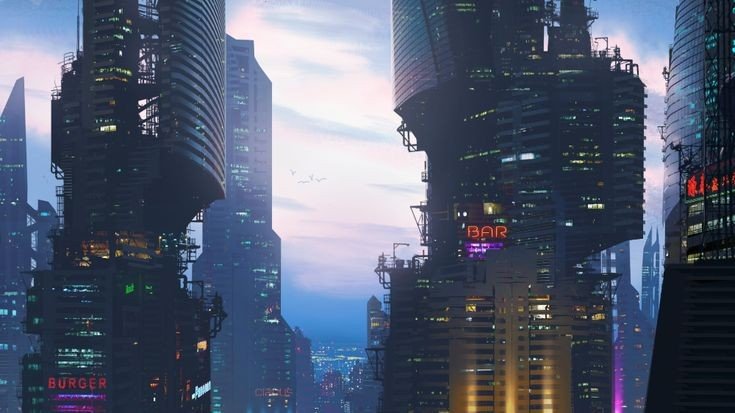

Like the character designs, Covenant technology, architecture, and design continually changed throughout development, occasionally for practical reasons as well as aesthetics. Armor color was used to denote ranks of enemies. According to art director Marcus Lehto, the principle designs for the faction came from environmental artist Paul Russel, : 86 while concept artist Shi Kai Wang was instrumental in developing the look of the various races within the Covenant. įor the Covenant, the team decided on "sleek and shiny", with reflective surfaces, organic shapes, and use of purples.

: 33 All aspects of the game were designed to feel believable and cultivate suspension of disbelief. : 104 Character design for the UNSC was more straightforward, with uniforms based on existing military outfits, ranks, and insignia. : 90 In comparison to the visions of dystopia common in many other science fiction works, the cities and buildings of Earth which were first shown in Halo 2 were clean and functional, with parks and attractive structures. : 89 Ron Cobb's work on Aliens informed some of the design for a "lived in" appearance. For example, the design team wanted a cramped, claustrophobic feel for the human ship levels in Combat Evolved. Designs were molded by the desire for building a realized and distinctive feel for the human ships and buildings, but also to make the areas fun to play in. : 86 Art Director Marcus Lehto said that the artists examined current technology trends and tried to extrapolate what future technology would look like. For future humanity, the artists and developers settled on a functional, industrial look. Early in the game's development, environmental artist Paul Russel solidified the concept of three "schools" of Halo architecture for the main factions in the game – the humans of the United Nations Space Command (UNSC), the alien alliance of the Covenant, and the Forerunner structures on which most of the game takes place.

Writer Joseph Staten and other Bungie staff came up with the idea of a coalition of alien races, subsequently deciding that the faction would be motivated by religion. Throughout much of Bungie's development of Halo: Combat Evolved, very little concrete story details had been developed for the story campaign, and what enemies the player character would face. Characters, weapons, and vehicles of all the factions have been released as toys or promotional materials. The Covenant were praised by reviewers as exciting and challenging enemies, and later games featuring the Forerunner Prometheans as enemies were criticized as not living up to the same standard. Reception of Halo 's factions has generally been positive. The overall design of each faction was slowly developed before the release of the first game in the series, Halo: Combat Evolved, and continually refined in later games' development. The Flood, meanwhile, escape the confines of Halo and threaten to spread across the galaxy again.Ī large portion of the series' success lies in the creation of a believable world, and Bungie reinforced the fictional factions the player interacts with via a lengthy design process with the release of each game. The Covenant worship the Forerunners as deities, mistakenly believing that the Halos are a tool of salvation, not destruction. By the 26th century, humanity, led by the United Nations Space Command (UNSC), is caught in a war with an alien coalition known as the Covenant. The Forerunners ultimately activate weapons of mass destruction, the Halo Array, in order to starve the Flood and stop the threat. In the distant past, a race known as the Forerunners fought the parasitic Flood. The Halo video game and media franchise takes place in a fictional science fiction universe. Characters in the video game and media franchise


 0 kommentar(er)
0 kommentar(er)
